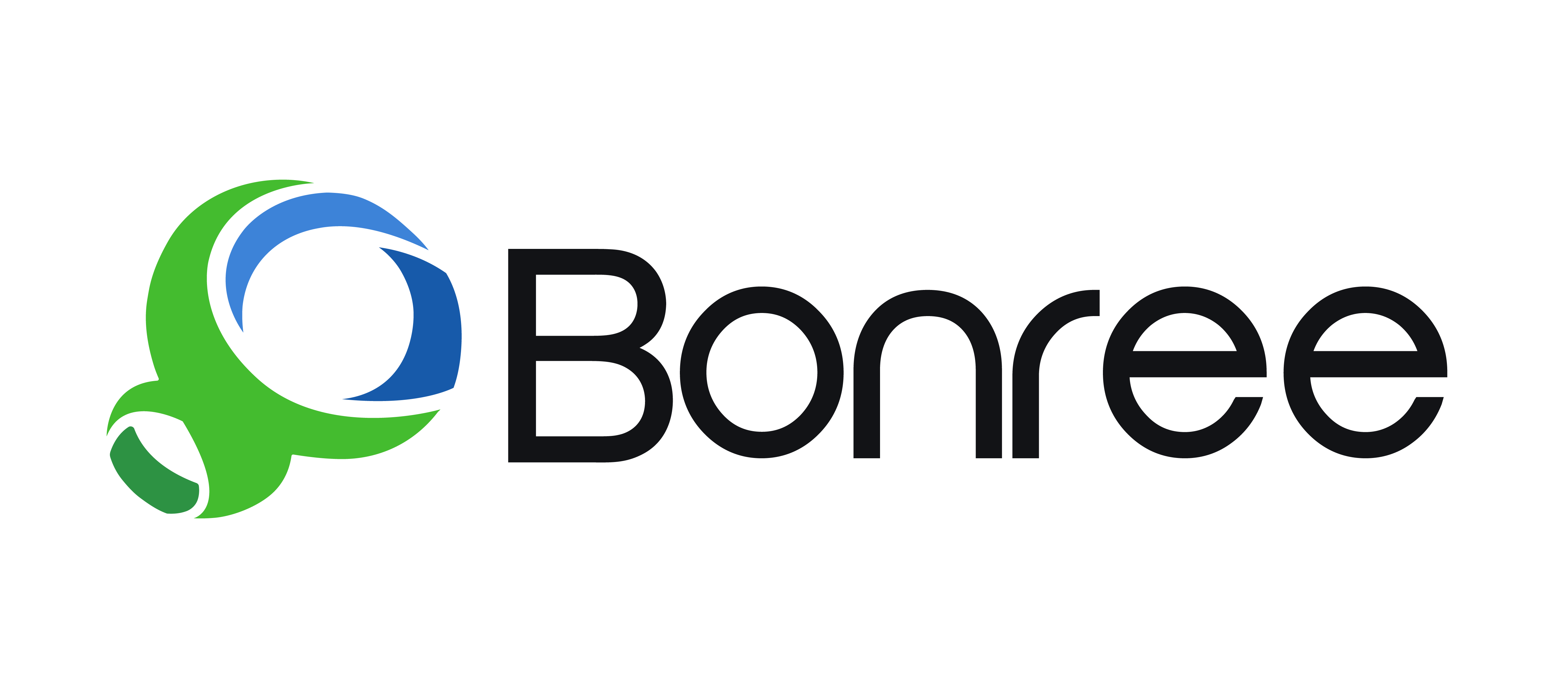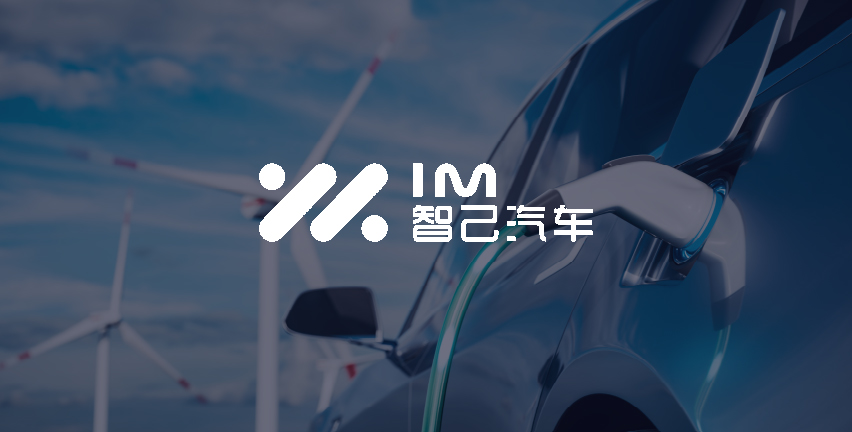Dasheng Technology's Application and Practice in Integrating the Centralized Alert Center Bonree’s integrated alert center centralizes alert management by ingesting raw alert events, CMDB, and other source data, and connecting to GTS. Leveraging data mining and analytical technologies, along with domain expertise in feature engineering, the platform applies AI-driven noise reduction to filter out redundant or low-priority alerts. By utilizing algorithm-based technologies, it promotes digital IT operations, making IT operations simpler and more efficient. 1. Diverse Monitoring Tools and Data Sources Various monitoring tools and data sources are used across different IT environments, each employing different alert integration technologies and data processing formats. This has led to fragmented and scattered alert data, making alert management increasingly complex. From the perspective of a unified IT operations strategy at the group level and based on operational practices, Dasheng Technology urgently needs to establish a standardized approach for handling alerts in application operations 2. High Volume of Alert Data The number of alerts generated by monitoring tools has surged exponentially, overwhelming operations teams with constant notifications. Many of these alerts contain redundant or noisy information, making it difficult for the team to quickly filter out critical fault data and accurately identify real issues. This hampers the efficiency of problem resolution 3. Delayed Incident Escalation Business systems (core/critical/general) vary in their impact scope, and source alerts also differ in severity. Ideally, incident escalation should be based on a comprehensive assessment of both impact scope and alert severity. However, current monitoring tools lack the capability to automate such escalation, resulting in increased reliance on manual judgment and longer response times 1. Overall Platform Design Integration with the CMDB system, GTS system (ticketing system), various notification channels (WeCom, Feishu, email, DingTalk), as well as support for alert escalation and duty roster management. 2. Data Integration – Event Standardization By establishing data ingestion and rule processing mechanisms for various data sources, unifying data standards, and extending data relationship tables, the system enables the integration of abnormal event data from both Bonree’s self-developed monitoring products and major third-party monitoring tools, achieving standardized processing of multi-source heterogeneous data 3. Alert Convergence To handle massive volumes of abnormal events, a series of rules are applied to perform noise reduction and convergence processing, grouping related anomalies into a single incident. This prevents alert storms, improves the efficiency of frontline operations and maintenance personnel and managers, and reduces labor costs 4. Alert Notification The operations team has a 24/7 on-duty system, but it is impossible to constantly monitor the fault list at all times — firstly, because there are many faults, and secondly, some faults do not require rapid response. Important faults need to be received and handled promptly. Different operation groups within the team are responsible for different types of faults. The platform sends email notifications for general faults to frontline operators for awareness. For the highest-level critical faults, notifications must be sent directly to the dedicated operations personnel to ensure serious issues receive timely attention 1. Strong Professional Capability: Bonree's intelligent alerting capabilities meet Dasheng Technology's operations and maintenance requirements 2. Recognized Technical Innovation The first and only vendor in China to receive an "Excellent" rating in the root cause analysis assessment by the CAICT (China Academy of Information and Communications Technology) 1. Achieving Unified Alert Management Unified access to multi-source events and complete monitoring coverage built from the ground up (from 0 to 1), enabling centralized alert management 2. Improving Operational Efficiency Standardized fault analysis and handling enhance work efficiency, reduce troubleshooting time, and improve the productivity of operations personnel by eliminating the need to log into multiple platforms to view alert information 3. Enable One-Person Management of Multiple Systems By intelligently converging massive alerts, the volume of information required for fault analysis is reduced, allowing fewer O&M personnel, lowering operations costs, and ultimately enabling one person to manage multiple systems 4. Effectively Reduce MTTR from Hours to Minutes Efficient fault notification improves response speed through integration with platforms like WeCom (Qiwei), email, DingTalk, Feishu, and GTS. Combined with fault escalation strategies and multi-channel alerts


- Home
- Bonree ONE
-
Customer Stories
- Bank Kunlun Bank Bank of Zhengzhou China Everbright Bank China Construction Bank Huaxia Bank Fubon Bank (China)
- Securities Sinolink Securities Shanghai Securities Guotai Haitong Securities China Merchants Securities Orient Securities China Securities Hongta Securities
- Insurance New China Life Insurance Taikang Insurance
- Airlines China Southern Airlines Shenzhen Airlines
- Internet The Economic Observer Media Tencent Video JD Zhilian Cloud Zhengbao Education 51talk DHgate
- Energy State Grid Jibei Electric Power Company State Grid Big Data Center Haopeng Technology Yalong River Hydropower China Datang Sinopec CNOOC
- Manufacturing C&S Paper Blue Moon China Tower Anta Sports Mengniu Group Moutai
- Public Affairs China Railway
- Telecommunication Huawei Unicom Wo Music
- Resource Center
- Pricing
- About Us


